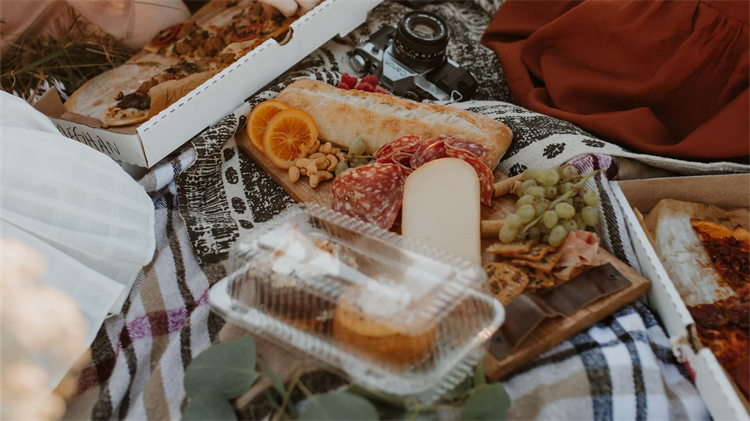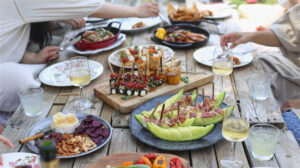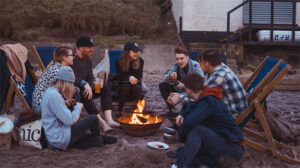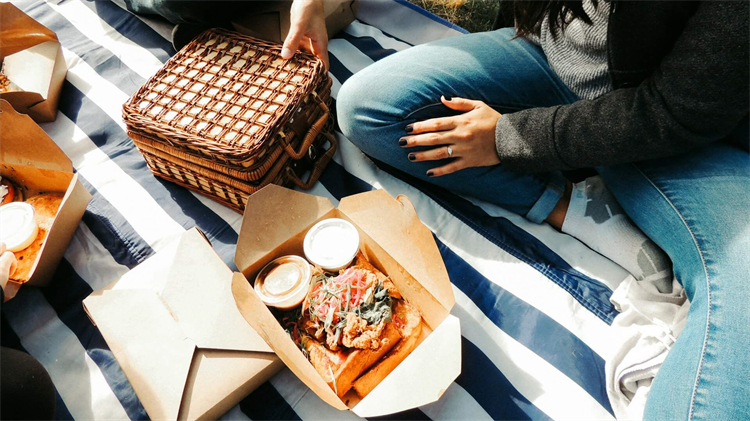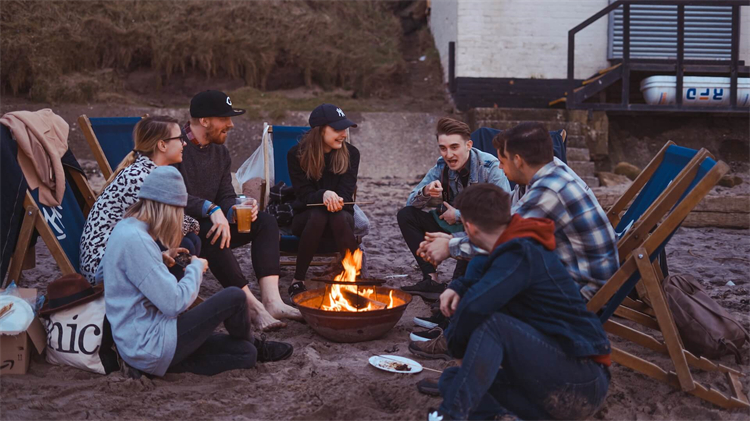Camping is a delightful escape into nature, and whether you’re a seasoned outdoor enthusiast or a novice camper, safety should always be at the forefront of your camping experience. One often overlooked aspect of safety is the choice of camping gear, specifically camping plates.
In this comprehensive guide, we will delve into the world of camping tray materials and features, exploring the safety considerations associated with each option.
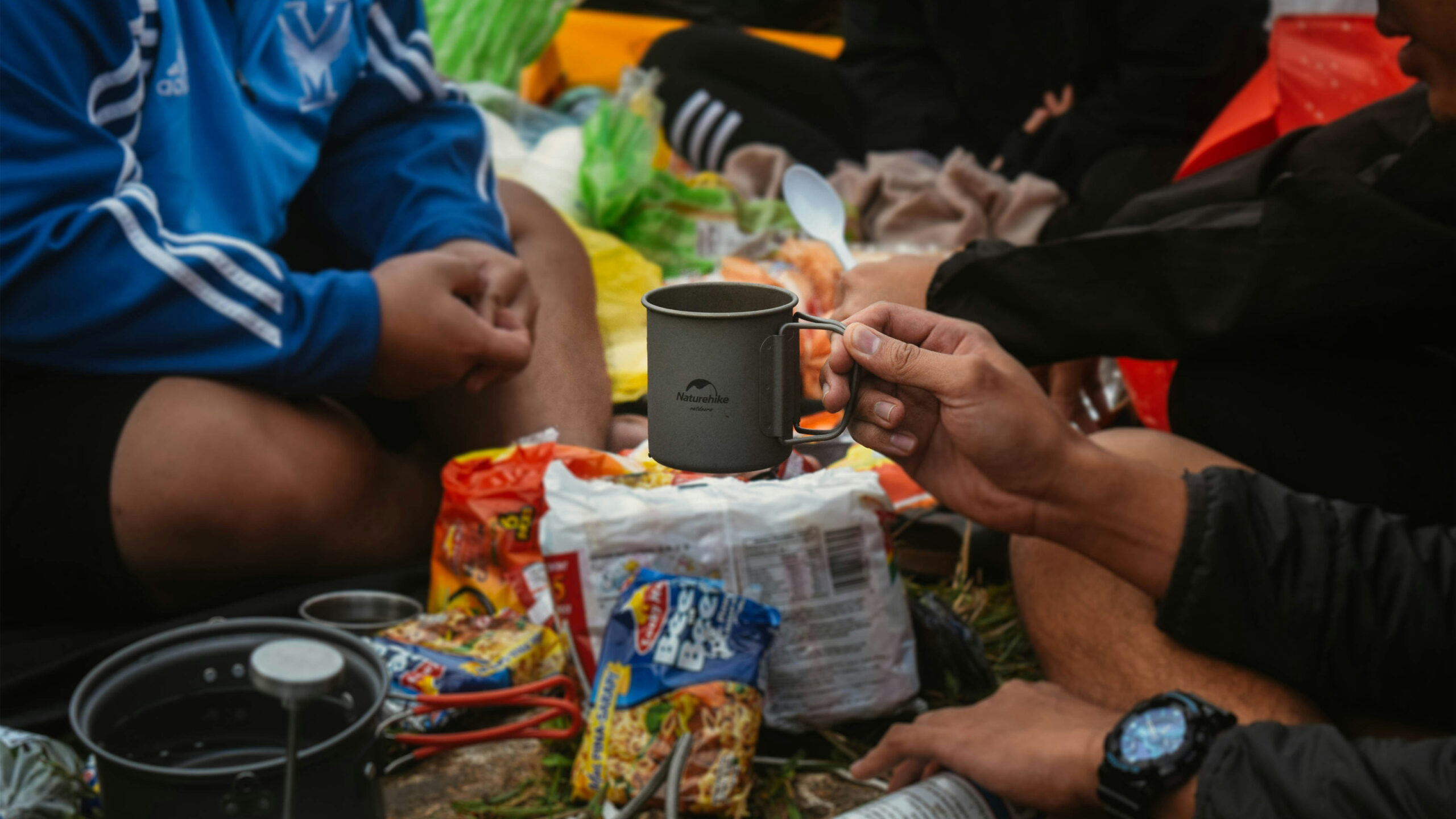
Material selection for camping plates
Exploring the essential considerations for camping plates, let’s delve into the critical aspect of material selection to ensure a well-informed choice for your outdoor dining gear.
Plastic plates
Plastic plates stand out as a popular choice for camping, offering a blend of versatility and practicality.
- Lightweight and durable properties: Plastic plates are renowned for their lightweight design, making them easy to carry and transport during camping trips. Despite their lightness, they exhibit durability, capable of withstanding the bumps and jostles common in outdoor settings.
- Considerations for BPA-free and food-grade materials: BPA-free plastic ensures that no harmful chemicals leach into food, prioritizing camper safety. Utilizing food-grade materials guarantees that the plates maintain the integrity of the food they hold, meeting health and safety standards.
- Impact resistance and suitability for various outdoor conditions: Plastic plates are inherently impact-resistant, reducing the risk of breakage during handling or accidental drops. Their resilience extends to various outdoor conditions, including exposure to sunlight, rain, and fluctuations in temperature, making them adaptable to diverse camping environments.
Melamine plates
Melamine plates present a durable and visually appealing option for campers seeking reliable dinnerware.
- Durable and scratch-resistant nature: Melamine plates are prized for their durability, able to endure the challenges of outdoor use without succumbing to scratches or damage easily. This durability contributes to a longer lifespan for the plates, ensuring they remain a dependable part of your camping gear.
- Heat resistance for hot food items: Melamine exhibits excellent heat resistance, allowing these plates to comfortably accommodate hot food items without warping or losing structural integrity. This feature adds versatility to the plates, making them suitable for a range of culinary applications during camping.
- Comparisons with other materials in terms of safety: When compared to other materials, melamine plates strike a balance between durability, aesthetics, and safety. Understanding how melamine stacks up against alternatives helps campers make informed decisions based on their specific needs and preferences.
Stainless steel plates
Stainless steel plates offer a robust and resilient choice, particularly favored for their sturdiness.
- Durability and resistance to corrosion: Stainless steel camping plates are known for their durability, and ability to withstand the rigors of outdoor use without succumbing to wear and tear. Their resistance to corrosion ensures a longer lifespan, even in challenging camping environments.
- Heat retention properties: The heat retention properties of stainless steel plates make them suitable for keeping food warm during outdoor meals. This feature enhances the overall camping experience, allowing for enjoyable, hot dishes even in the midst of nature.
- Considerations for potential rusting and food safety: While stainless steel resists rusting, it’s essential to maintain the plates properly to prevent any potential issues. Campers must be aware of the proper cleaning and care routines to ensure the stainless steel plates maintain their integrity and uphold food safety standards.
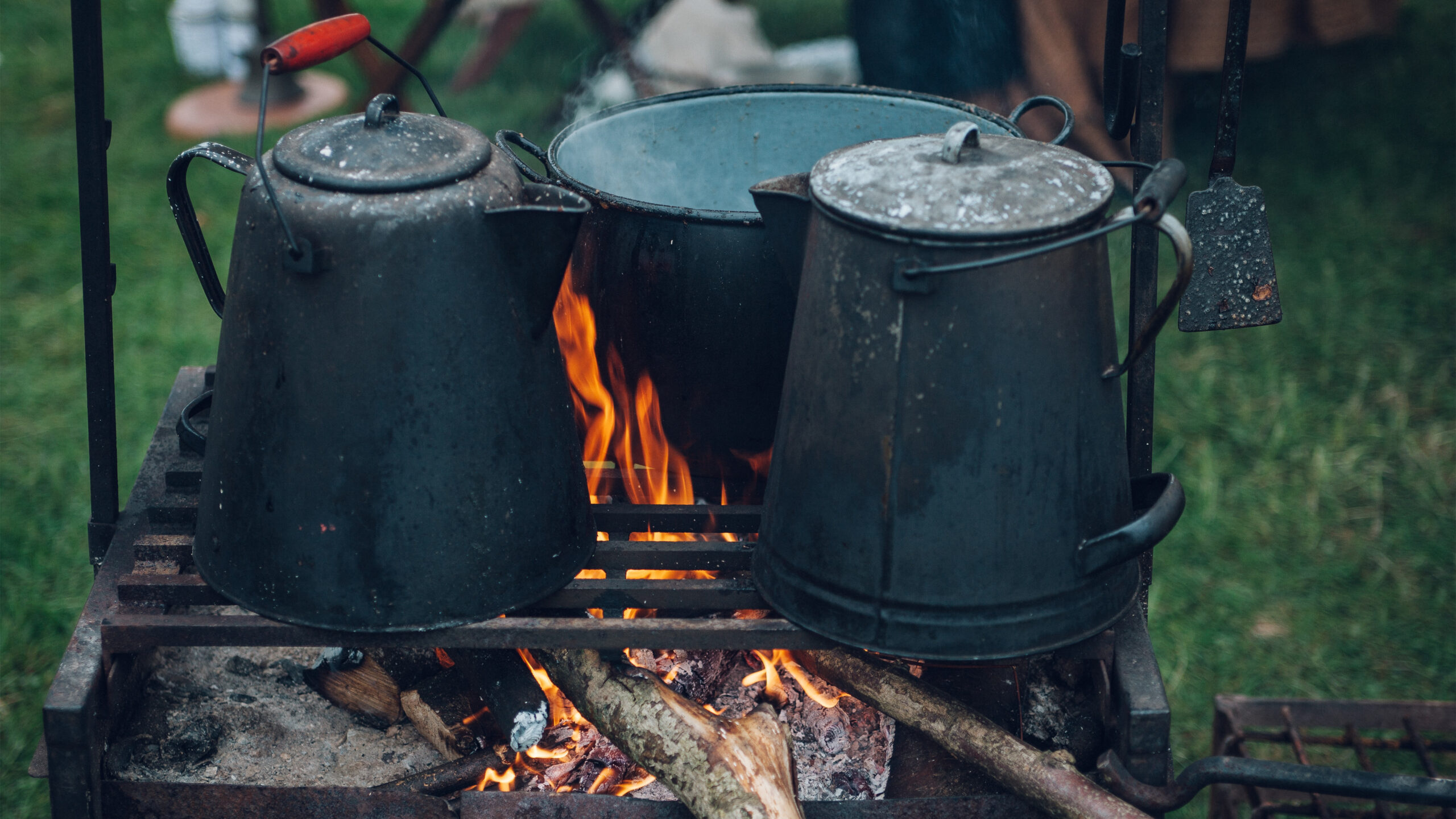
Key features ensuring safety in camping plates
Ensuring safety in camping plates goes beyond material considerations, incorporating features designed to enhance stability, prevent accidents, and optimize convenience.
Non-slip design
- Importance of preventing accidental spills: The significance of a non-slip design lies in preventing accidental spills during outdoor meals. Campers often face uneven terrain, and a secure grip on the plate’s surface becomes crucial to avoid mishaps and potential injuries.
- Materials and textures that contribute to non-slip surfaces: Incorporating materials and textures that offer a non-slip surface is fundamental. Rubberized coatings, textured patterns, or anti-slip additives contribute to the overall design, providing campers with a stable platform for serving and enjoying their meals.
Easy-grip handles
- Enhancing stability during transport: Easy-grip handles play a pivotal role in enhancing stability, especially when transporting laden plates from the cooking area to the dining spot. Secure handles minimize the risk of dropping the tray, ensuring the safe arrival of food to the dining table.
- Considerations for heat-resistant handles: Heat-resistant handles become essential, particularly for plates used in direct cooking scenarios or for serving hot dishes. Handles that remain cool to the touch prevent burns and discomfort, adding an extra layer of safety during meal preparation and serving.
Stackability and portability
- Space-saving benefits for storage: Stackability is a key feature contributing to the safety of camping plates, particularly when it comes to storage. Plates designed to stack efficiently save space in camping gear storage areas, preventing clutter and potential damage during transportation.
- Lightweight design for easy portability: The lightweight design of camping plates is integral to easy portability during outdoor adventures. Campers can move effortlessly between the campsite and cooking area, and the lightweight nature of the plates minimizes the physical strain associated with carrying dinnerware, enhancing the overall camping experience.
Incorporating these key features into camping plate design not only prioritizes safety but also contributes to a more enjoyable and hassle-free outdoor dining experience.
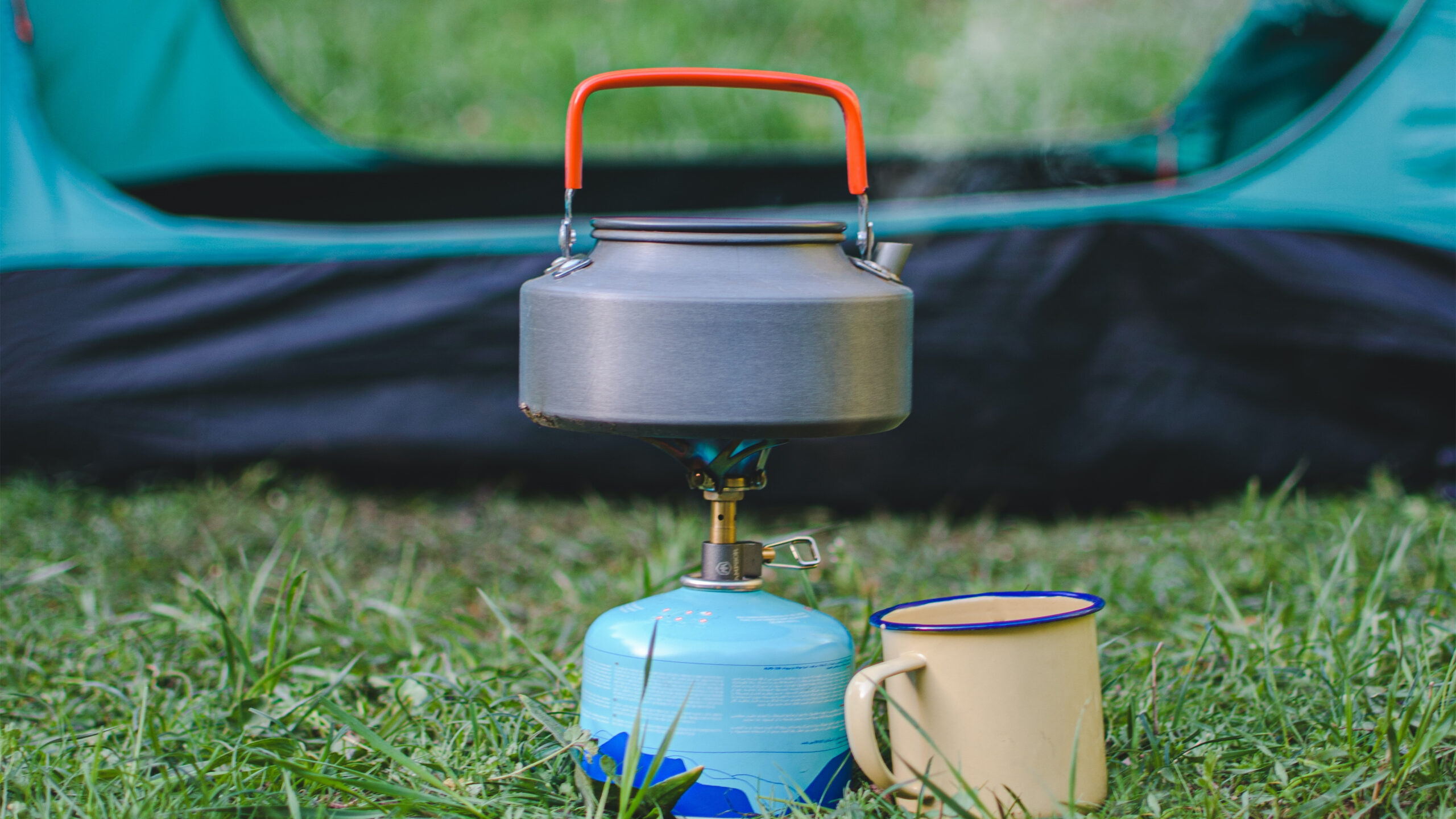
Safety in cleaning and maintenance
Ensuring the safety of camping plates extends beyond their use to their cleaning and maintenance. Explore the features that contribute to a hygienic and hassle-free experience.
Convenience and hygiene in cleaning
- Dishwasher compatibility enhances the convenience of cleaning camping plates, especially in outdoor settings where resources may be limited.
- The ease of placing the plate in a dishwasher streamlines the post-meal cleanup process, promoting hygiene and efficiency.
Materials that withstand dishwasher use
- Camping plates designed for dishwasher use must employ materials that withstand the rigors of machine cleaning.
- Look for plates made from robust materials, ensuring they maintain their structural integrity and safety features even after repeated dishwasher cycles.
Materials that resist retaining food odors
- The ability of camping plates to resist retaining food odors is essential for maintaining a fresh and enjoyable dining experience.
- Materials that repel odors ensure that each meal is free from lingering scents of previous ones, contributing to a pleasant dining atmosphere.
Easy cleaning to prevent bacterial growth
- Easy-to-clean materials are crucial in preventing bacterial growth and maintaining a sanitary eating surface.
- Camping plates resistant to stains and odors are more likely to be effectively cleaned, reducing the risk of bacterial buildup and supporting a safe dining environment.
Buying guide for safe camping plates: what to look for
Here are some points to note when purchasing:
Reading product labels and descriptions
- Guidance on interpreting product information: Understanding the materials used in the construction of the camping plate is crucial. Pay attention to any guidelines or restrictions provided by the manufacturer regarding heat resistance, cleaning methods, and overall usage.
- Tips for verifying safety claims made by manufacturers: Research the reputation of the manufacturer. Seek plates with certifications from recognized third-party organizations, indicating that the product meets certain safety standards.
Customer reviews and testimonials
- Leveraging the experiences of other campers for safety insights: Customer reviews provide invaluable real-world experiences. Pay attention to reviews that specifically mention safety aspects, durability, and any unexpected issues encountered during use.
- Identifying red flags and positive indicators in product reviews: Be wary of reviews that consistently highlight safety concerns or repeated issues. Red flags could indicate potential shortcomings in the plate’s design or construction.
By actively engaging with product information, understanding safety claims, and leveraging the collective wisdom of fellow campers through reviews, you can make informed decisions when selecting camping plates.
Make your choice
In conclusion, safety in camping extends beyond the choice of a sturdy tent or a reliable flashlight; it encompasses even the seemingly mundane, like the material of your camping plates. Each material comes with its unique set of considerations, and the right choice depends on your camping style, values, and, of course, safety priorities.
Whether you opt for the durability of stainless steel, the eco-friendliness of bamboo, the convenience of plastic, or the break resistance of melamine, being informed about the safety features ensures a worry-free and enjoyable camping experience.
Safety should be woven into every aspect of your outdoor adventures, including your choice of camping gear. So, the next time you sit down to enjoy a meal under the stars, let your camping plates be a testament to your commitment to safety in the great outdoors.

